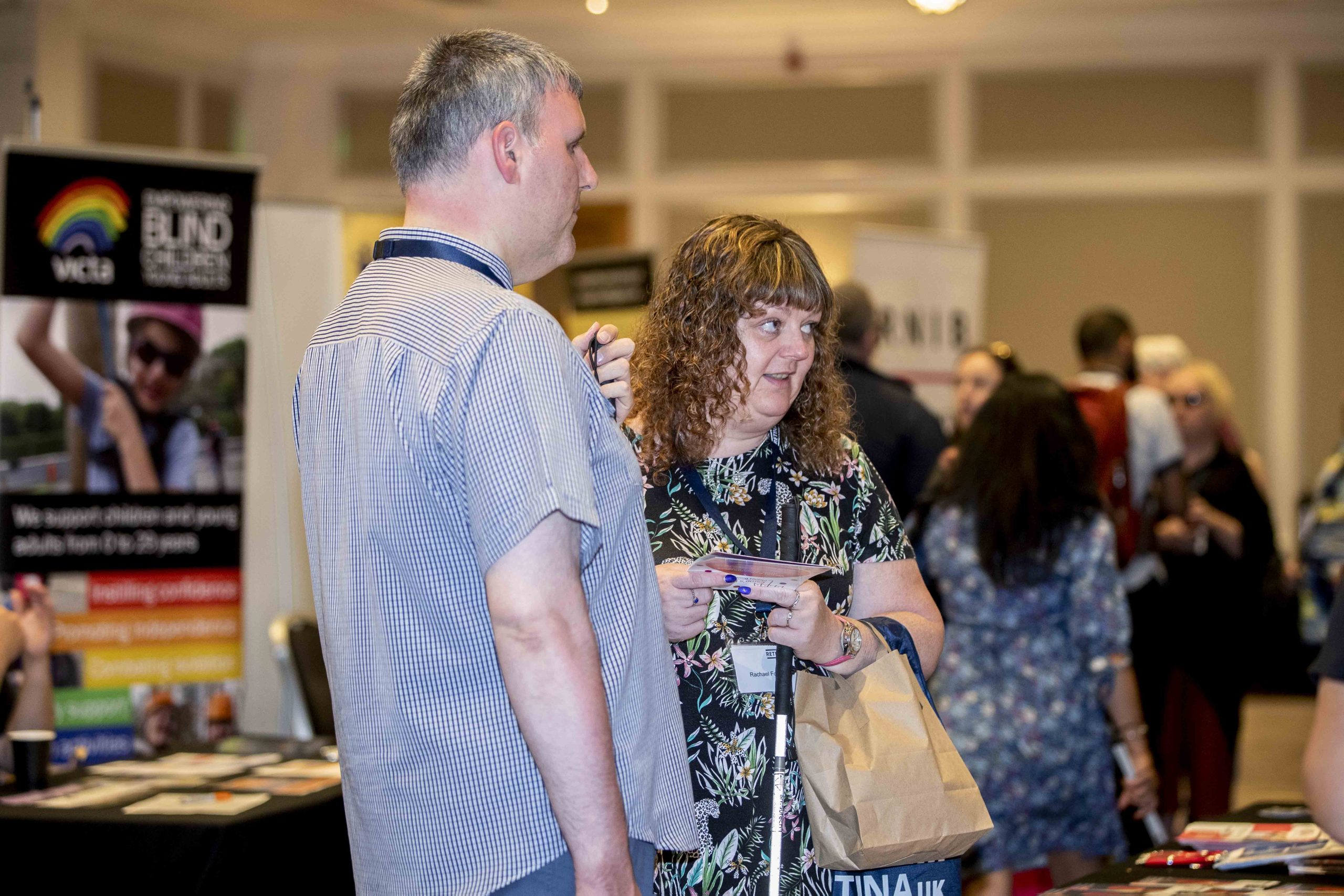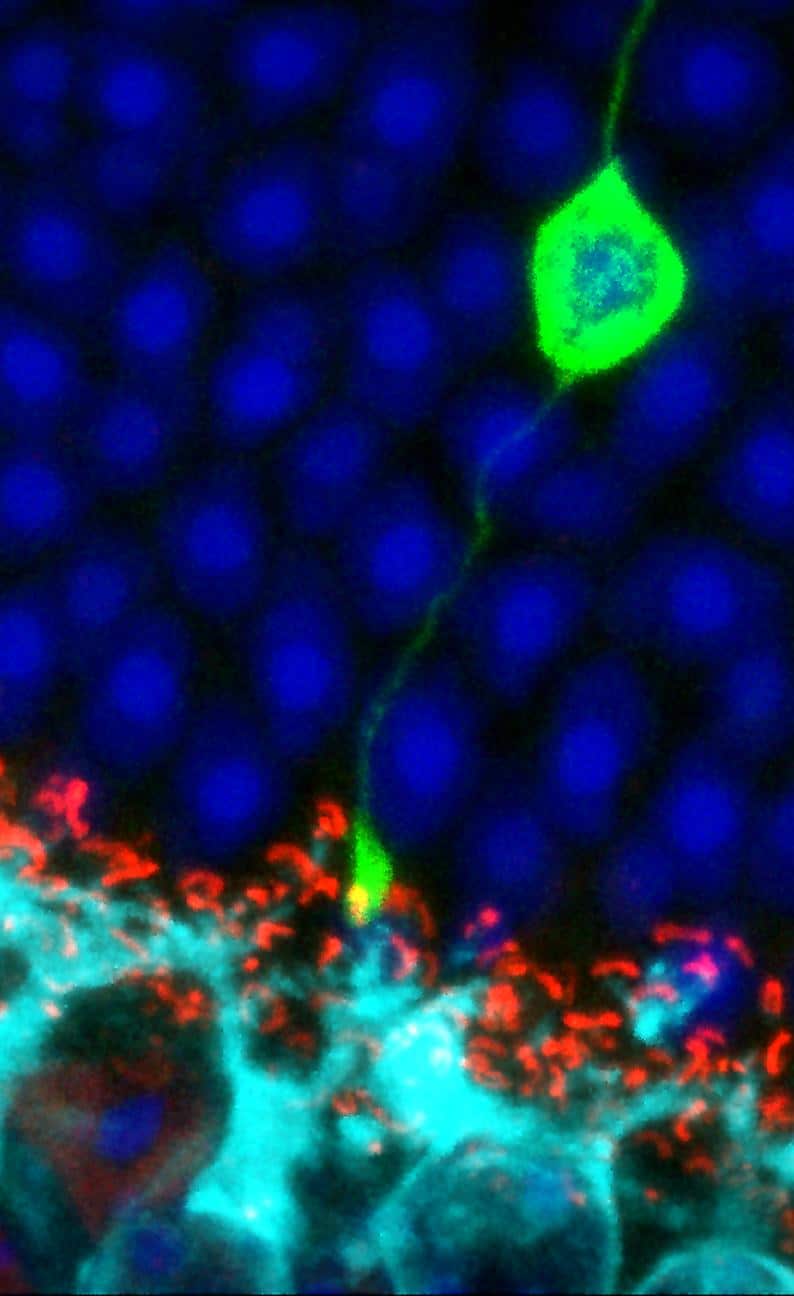
Trusts and Foundations
Inherited retinal dystrophies (IRDs) are the leading cause of blindness in working-age people in the UK, and children as young as eighteen-months are regularly diagnosed.
Search results

Inherited retinal dystrophies (IRDs) are the leading cause of blindness in working-age people in the UK, and children as young as eighteen-months are regularly diagnosed.

Our community is informed and knowledgeable about current research projects into the cause(s) of and treatments for these conditions.
A round-up of the latest research into inherited retinal conditions - February 2024.

Research into inherited retinal conditions is one of the key objectives of Retina UK.

Retina UK invites applications for funding for innovative, high quality research projects investigating the causes and potential treatments for all forms of inherited retinal disease. We are particularly keen to receive proposals with demonstrable translational potential.

Stem cells are a special type of cell, which under the right conditions can be encouraged to grow into any other type of cell in the body, including retinal cells (rods, cones and retinal pigment epithelial cells).
The following projects were being funded by Retina UK and have recently come to an end.
Early results from clinical testing of a gene therapy to treat X-linked retinitis pigmentosa (XLRP) have shown partial reversal of sight loss in some patients.
You may have heard that a cell-based treatment approach (sometimes referred to as a “stem cell treatment”), developed by a company called ReNeuron, is being tested in a clinical trial at Oxford Eye Hospital and other centres in the US and Europe.

High quality information on genetic testing and counselling for families affected by inherited sight loss is now available in one place thanks to the launch of an innovative new website, Unlock Genetics.